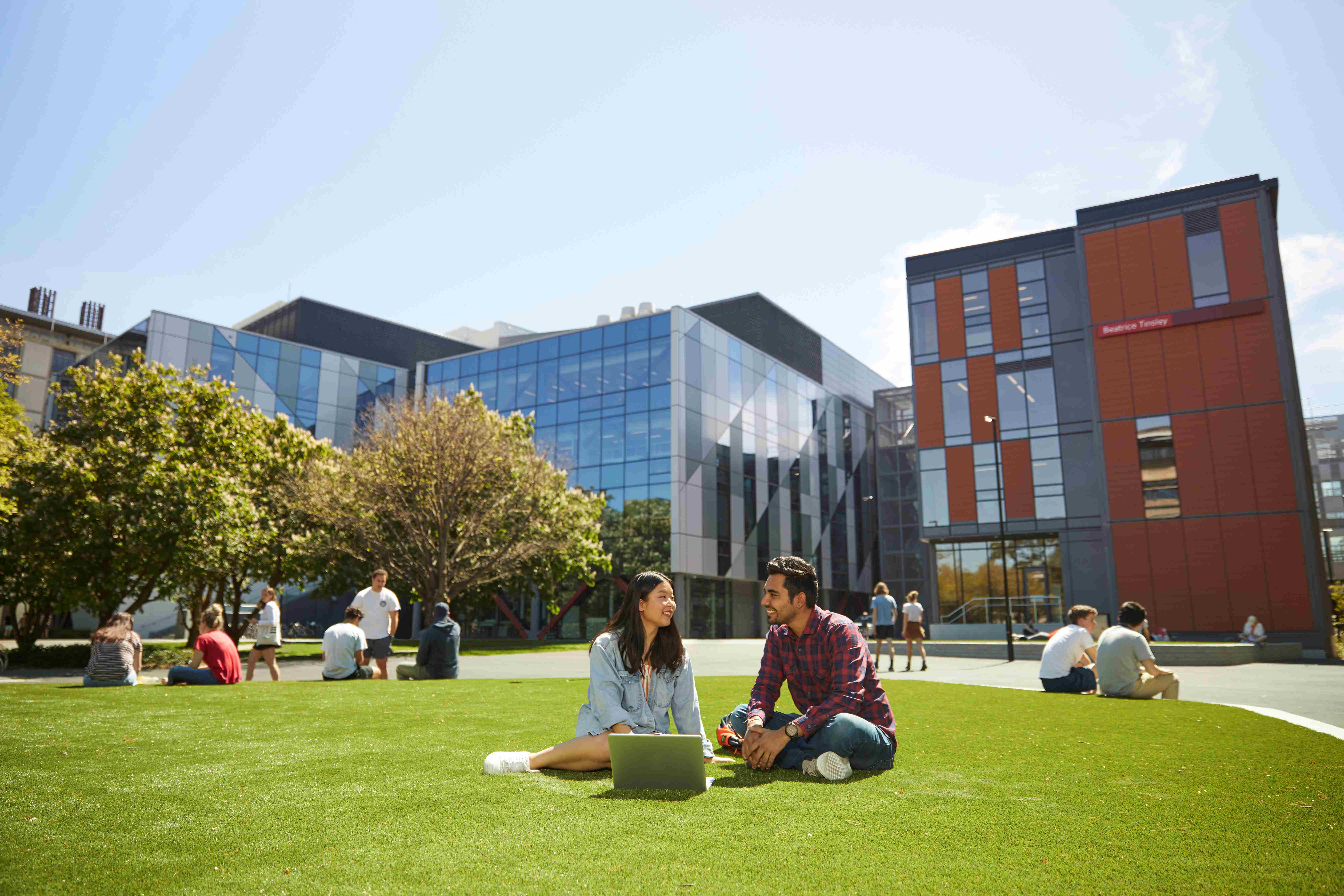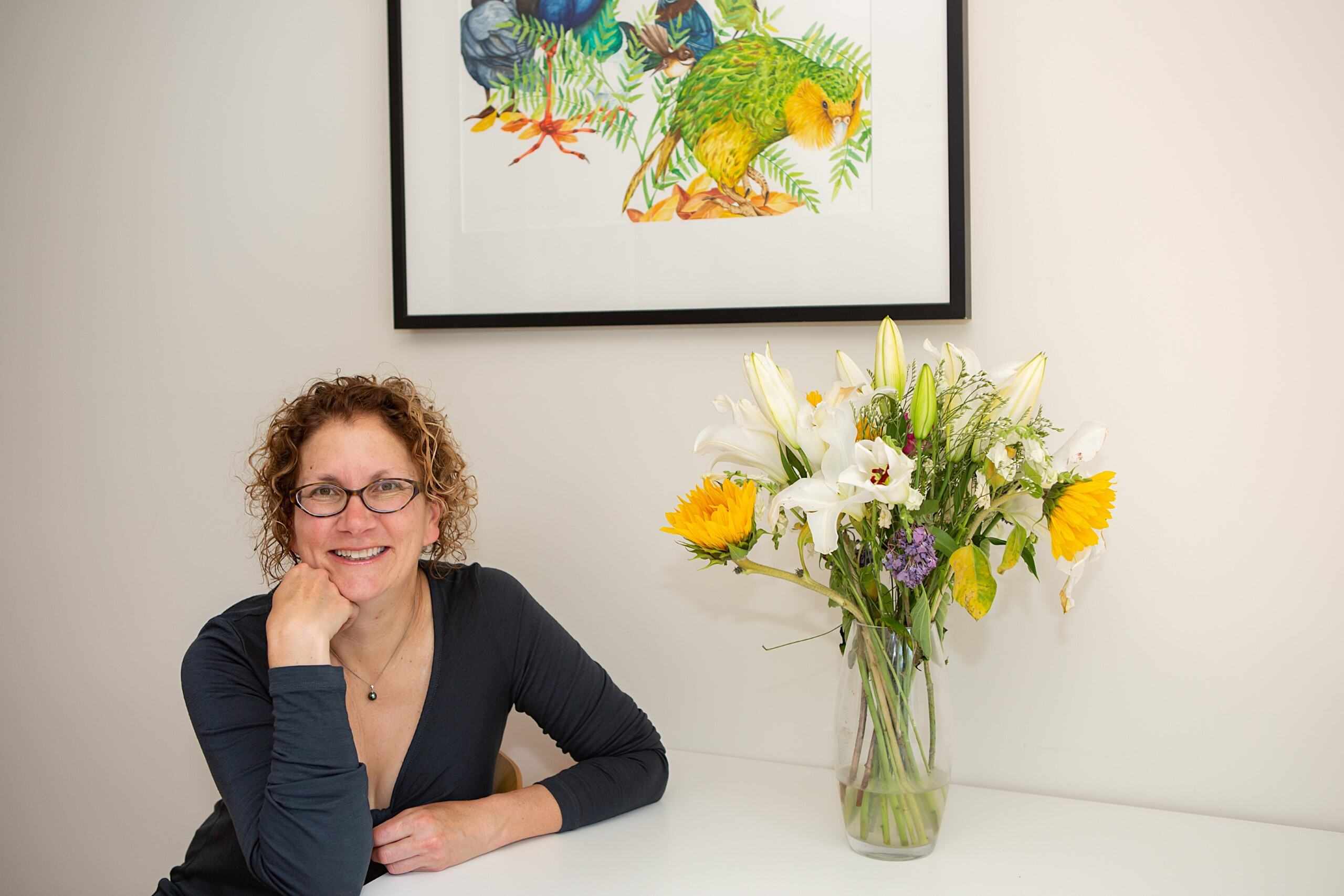“The land, previously covered in native trees, was cleared for farmland and timber in the mid-1800s, and the farm was gifted back to the Rūnanga by former owner Jim Wright. As a result, Te Kaio is in the very early stages of regeneration, but we need data to get a clearer idea of the types of birds and vegetation that’s already here to plan for future work, which is what the Biology students are helping with,” Gray says.
One of the data-gathering tasks was conducting five-minute bird counts across the farm, logging which birds the students could see or hear, and if they were closer than 25 metres, or further away. The students found New Zealand pipit (pihoihoi), swamp harrier (kāhu) and grey warblers (riroriro).
The other task was vegetation monitoring, working in small groups in 10-by-10 metre plots, estimating the percentage of canopy cover of all trees and shrubs. This simple data gives insight into general trends that can be used as a baseline for future research.
The students also conducted data analysis and statistical analyses to record the number and diversity of species. This was done by using graphs to put data in a visual, audience-friendly format that can be updated as new data comes in.
Dr Sara Kross, Senior Lecturer, Biological Sciences, who co-lectures the Biol378 – Population Ecology and Conservation course, accompanied the students on the trip. “This learning experience was exciting and deeply meaningful to us. It was a chance to practice our biodiversity monitoring and analysis skills in a way that we hope will be helpful to Wairewa Rūnanga and the recloaking project at Te Kaio,” she says.
Third-year student Jude Van Houtte found the cultural aspect of the experience meaningful too. “The best thing about the trip was working with Rūnanga on their land in a much more culturally-appropriate way – we had a powhiri, sung a waiata, members of the Rūnanga talked about the history of Te Kaio and also what they wanted to see in the future for biodiversity and regeneration. Most wanted to know about bird abundance, like where they are residing and how strong the populations are,” Van Houtte says.
Gray says that “my aspiration for these trips with the Biology students is to set a pathway forward for future partnership between UC and the Rūnanga, in understanding the changing shape of Te Kaio, and initially generating some baseline data for biodiversity monitoring and the replanting project.
“But it was also to get students thinking about ways of engaging Rūnanga members in making observations of Te Taiao (the natural world). For example, what tools could be useful for our members to use and make our own?” Gray says.
One of the ideas students put forward to the Rūnanga was about long-term data sets to track species recovery over time as the restoration of the whenua progresses. Rūnanga members, students and UC staff are discussing additional monitoring tools and projects that might be used in the future, such as bioacoustics and predator trapping.
Rūnanga members also asked students for additional assistance, for example, in investigating erosion happening at the beach or evaluating soil health.
“I see this work being centred on making sure the Rūnanga’s values and what they want done with the land in terms of conservation and regeneration; it’s about addressing their needs first and foremost and we can bring our science lens and our knowledge to facilitate this,” Van Houtte says.
Biology students are currently analysing bird and vegetation data from Te Kaio and will produce reports on the potential outcomes that may be expected from the recloaking/restoration efforts on biodiversity.
There are already plans for next year’s Biology class to carry on species data gathering and to examine data on predator trapping and its effectiveness.
As the partnership between Biology students and Rūnanga continues, it could open up opportunities for postgraduate students to develop co-designed projects based on Te Kaio in the future.




.jpg)


%20resized.JPG)
.jpg)



